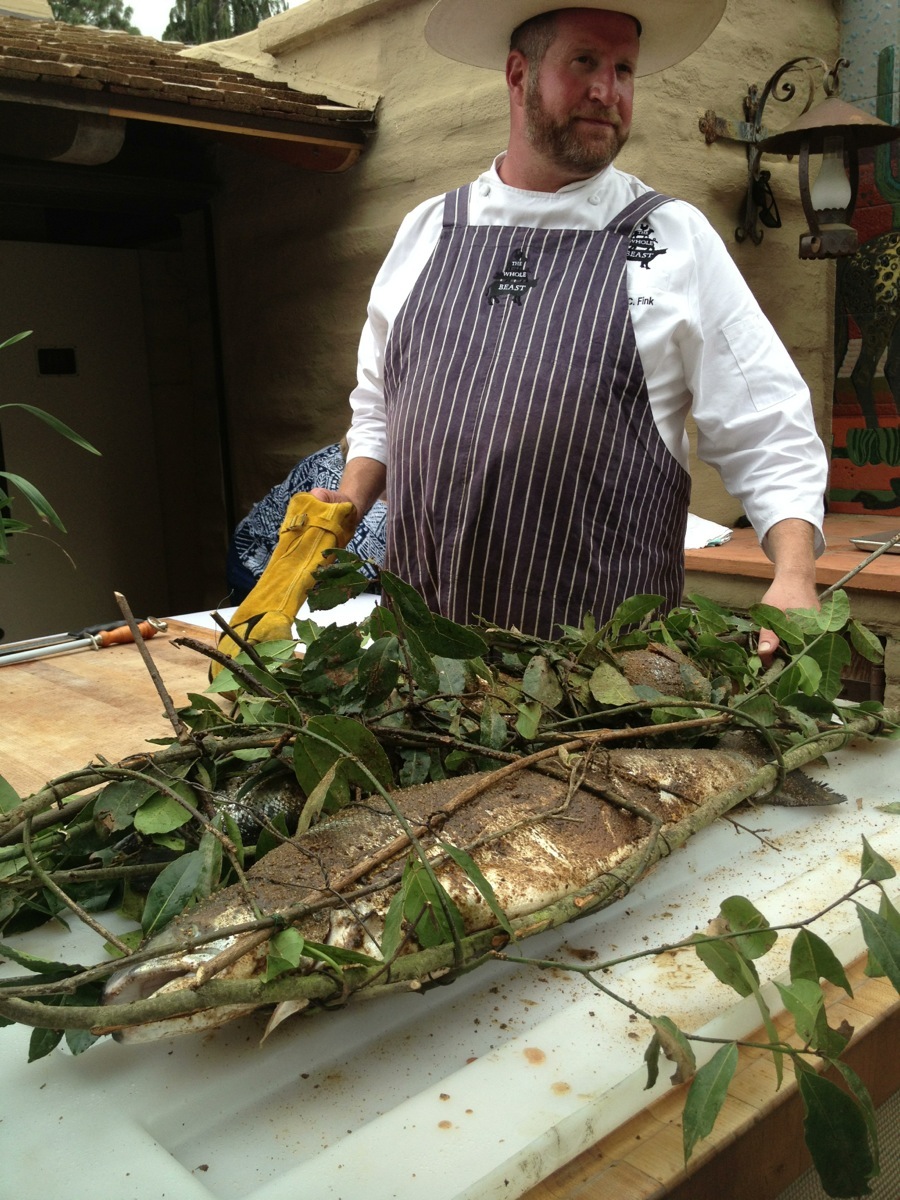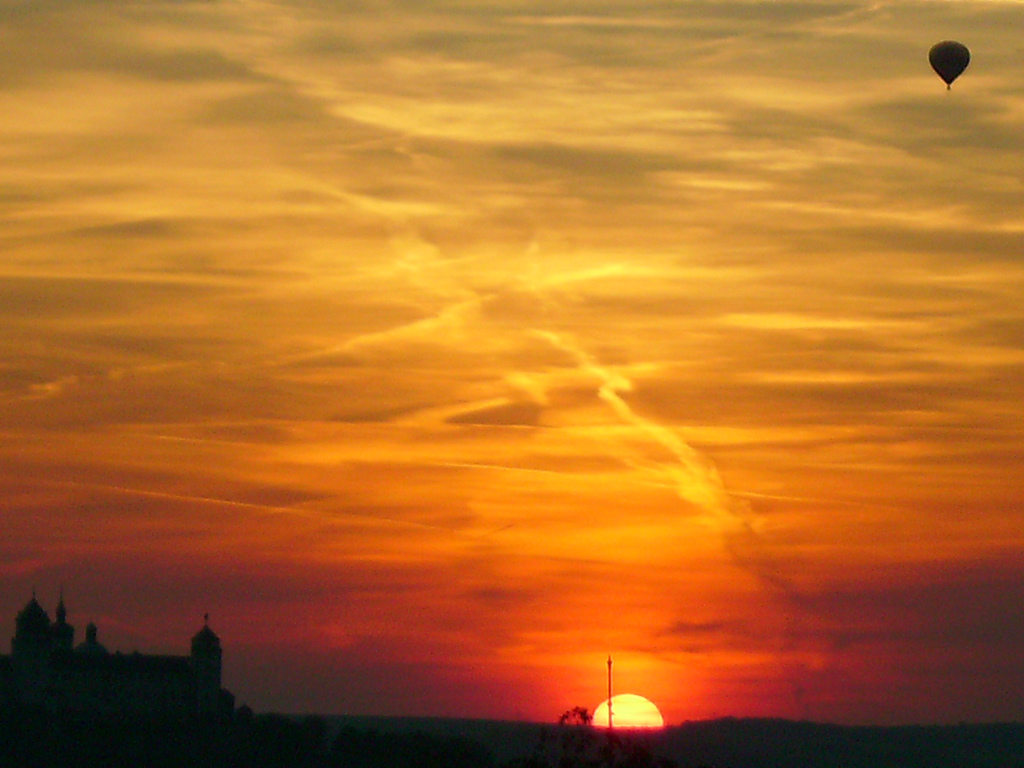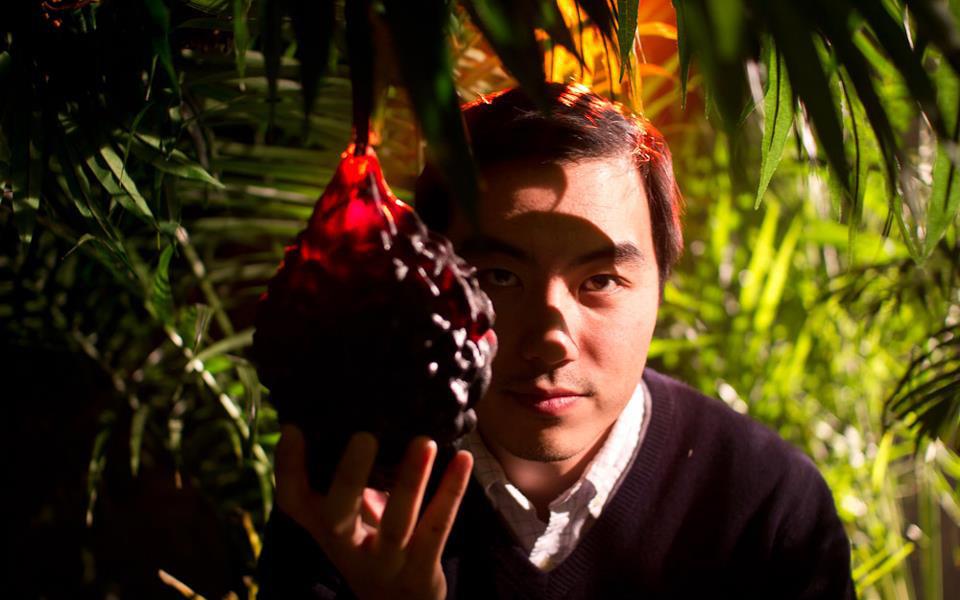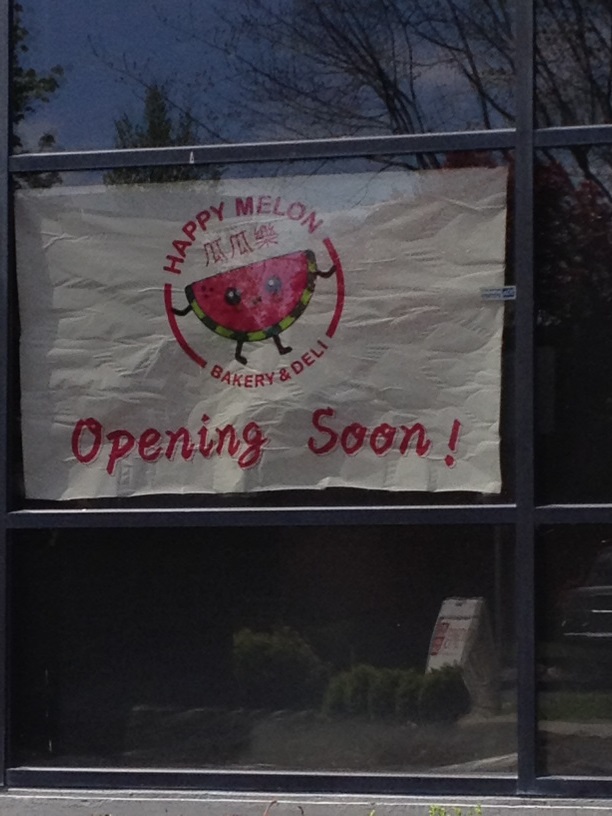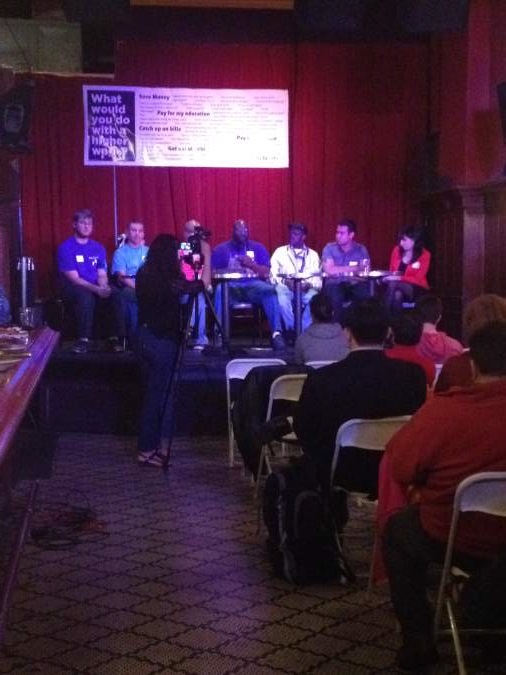California cuisine is most commonly associated with goat cheese salads and fresh pestos, but a group of writers who’ve witnessed the state’s culinary evolution rank outdoor cooking among the region’s most important kitchen legacies.
“Outdoor eating has always been a big feature of Sunset,” Jerry Di Vecchio, who for decades served as the magazine’s food editor, last weekend told an audience of International Association of Culinary Professionals (IACP) conference attendees. “We’d picnic on Thanksgiving.”
The 115-year old Sunset was instrumental in solidifying a practice that came to signify the good life: Di Vecchio recalled that when she moved to California in the 1940s as a teenager, she enjoyed al fresco meals on patios built to Sunset specifications. Sunset continues to promote backyard food preparation: IACPers who toured the publication’s famously verdant seven-acre Menlo Park campus ambled through an outdoor kitchen equipped with a full bar, pizza oven, a Big Green Egg and two cast iron kettles. The set-up’s now used for recipe development and events, but food editor Margo True said long-term plans call for cooking classes.
Sunset’s first recipe, published in 1915, was for fried artichokes, but grilling soon superseded frying. The magazine stoked interest in cooking directly over fire long before grill technology had been perfected.
“In the ‘40s, the barbecue and incinerator were often one unit, until smog killed that off,” Di Vecchio recalled. “Some of the barbecues we used in the ‘50s and ‘60s were so flimsy, and then the Weber came along.”
Although Southerners would take exception to classifying what happens on a Weber as barbecue, Di Vecchio defended the term.
“In Sunset terminology, when you cook food on the grill, you’re barbecuing,” she said. “I can’t think of a food that has not been barbecued for the pages of Sunset.”
Food historian Charles Perry pointed out that Californians have made elaborate outdoor cooking a specialty for thousands of years. Native Californians built underground ovens, and later Spanish colonizers were fond of cooking sides of beef over open flames. That tradition was resurrected in the 1880s, when Los Angeles’ newest crop of settlers became infatuated with the city’s past.
“It was the quintessential Los Angeles party,” Perry said of the barbecues which drew hundreds of people well into the 1930s.
“We had the capital city of entertainment, and its idea of entertaining itself was a legacy of Spanish colonialism using Stone Age technology,” he said.
